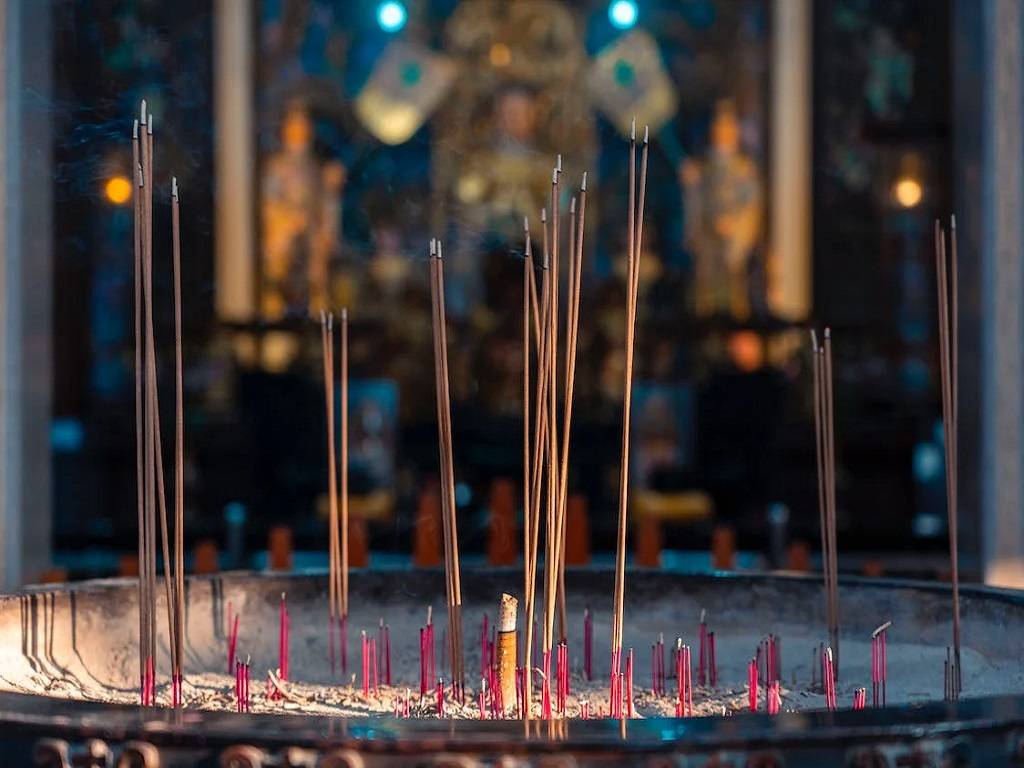
Tree resins, as well as various fragrant flowers, seeds, roots, and bark, are the source of incense. Ancient religions connected their gods to the natural world, and it was thought that fragrant plant materials might ward off demons and inspire the gods to manifest on earth.
They also had the utilitarian purpose of eliminating offensive odors. Designers use trademark perfumes to capture the mood of their clothing because scents and fashion are so closely related. Per and fumum, which translate to "through" and "smoke" in Latin, denote the incense from which perfume originally came.
There are primarily two categories of incense. Western incense, which is still used in churches today, is mostly made from gum resins found in tree bark. Other plants are used to make eastern incense. A sizable mortar and pestle are used to harvest and grind vetiver, sandalwood, patchouli, and agarwood.
What is an incense made of?
An aromatic substance that produces a perfume plus a flammable binding substance that holds it all together in a specific shape makes up most incense. Typically plant-based, the fragrant components used to make incense might include a range of resins, barks, seeds, roots, and flowers. By area and producer, the specific ingredients used in incense can differ.
You may be familiar with some particular examples of aromatic ingredients, such as:
-
Cinnamon
-
Frankincense
-
Musk
-
Myrrh
-
Patchouli
-
Sandalwood
Incense burns and emits smoke because of the combustible binding substance that is present in it. Various materials, such as charcoal or wood powders, may be used.
How does it vary from one nation to the next?
Here are some of the most well-known traditions from major incense-producing nation:
1. Indian Incense
In India, incense is typically sold in sticks. Typically, a bamboo stick and a paste consisting of various substances, such as binding agents and charcoal dust, are used to make these goods. The stick is coated with the paste, which is then perfumed with concoctions prepared with ingredients like clove, ginger, and sandalwood. This can be accomplished by dipping the stick into fragrant liquids or rolling it in a spice mixture powder. Stick machines are sometimes used to finish this operation. Many are still hand-rolled, though.
2. Chinese Incense
Agarwood, sandalwood, star anise, cinnamon, frankincense, and cloves are some of the ingredients commonly used to flavor Chinese incense, which is typically sold in stick form.
3. Japanese Incense
Solid stick incense is well-liked in Japan. These items are composed entirely of incense material and have no structural support. They can be made by applying pressure to the incense mixture in a hydraulic press. To prevent warping, the resulting sticks are carefully dried.
Tabu is a common component of Japanese incense. The shape of the items is frequently formed using the bark of this tree. Along with sandalwood, benzoin resin from the styracaceae family of trees is also frequently used.
4. Tibetan Incense
Tibetan incense does not contain a stick at the center as Japanese incense does. They can contain components like cinnamon, cloves, and juniper, and they have a distinctive earthy aroma. A lot thicker than the majority of incense sticks, they may also have a larger diameter.
















